got this idea from MSPtoMKE at SSP. |
Saturday, April 28, 2007
What counties have you been to?
Posted by
Admin
at
11:30 PM
0
comments
![]()
Is the North America the New Old World?
Is North America the next new old world? |
Posted by
Admin
at
11:00 PM
0
comments
![]()
Did nature make Bay Area greatness inevitable?
More so than any metropolitan area in America, did nature provide the Bay Area with so much in a physical setting (incredible beauty, wonderful climate, coastal access, enormous sheltered harbor) that its greatness was assured? Was it inevitable that (with its setting) San Francisco was going to achieve greaness? |
Posted by
Admin
at
10:30 PM
0
comments
![]()
Is Washington still different from all US cities?
Few American cities have changed as much as Washington, DC, in these past 70 or so years. A city that once was seen as a southern backwater has exploded with growth that has paralleled and been generated by the growth of the US government. |
Posted by
Admin
at
9:30 PM
0
comments
![]()
Which of these US cities has the best suburbs?
Eventhough I know that pretty much all SSC users are city limits all the way, I was just curious, what city do you think has the best suburban area overall?> |
Posted by
Admin
at
9:00 PM
0
comments
![]()
Suprises from County estimates released today
-Louisville, Kentucky is officially up to 700,000 people |
Posted by
Admin
at
8:30 PM
0
comments
![]()
Does anybody recognise this city? Please? lol
|
Posted by
Admin
at
8:00 PM
0
comments
![]()
WE ARE MOBILE PHONE ,LAPTOP,PLASMA TV SELLER AT CHEAP PRICE
ZENITH WORLD INC. |
Posted by
Admin
at
7:00 PM
0
comments
![]()
Population growth and city growth
Hello alltogether. |
Posted by
Admin
at
6:30 PM
0
comments
![]()
Traffic Theory of Urban/Metropolitan Areas
This is my new theory about the relationship between traffic and urban/metro populations. |
Posted by
Admin
at
5:30 PM
0
comments
![]()
What are the limits: gentrification & downtown development?
I'd like to explore the limits of the following on middle size US cities: |
Posted by
Admin
at
4:30 PM
0
comments
![]()
New DT Louisville Bridge designs...cast your vote
1 |
Posted by
Admin
at
4:00 PM
0
comments
![]()
The Leprechaun Sighting!
has anyone heard about this! A possible Leprechaun in Mobile! |
Posted by
Admin
at
3:30 PM
0
comments
![]()
Historic US Freeway Pics
Please post historic pics 4rm ur city. |
Posted by
Admin
at
3:00 PM
0
comments
![]()
The Melting Pot Is Still Melting
http://www.businessweek.com/magazine...0/b3963121.htm |
Posted by
Admin
at
2:30 PM
0
comments
![]()
False MSA and CSA impressions.
I have been reading these crazy comments lately on how big their CSA's has gotten. Indy 2.1 million, Charlotte 2.1 million for example.. |
Posted by
Admin
at
2:00 PM
0
comments
![]()
from BAD image to GOOD
Alright, as we all know there are US cities that have been impressions in our minds because Hollywood or history seems to urinate all over them. |
Posted by
Admin
at
1:30 PM
0
comments
![]()
Does your city have any streetwalls along expy's/fwy's?
Does your city have any street walls directly facing its downtown area? I'm speaking of those stretches that directly parallel a rather solid wall of high rise buildings? |
Posted by
Admin
at
1:00 PM
0
comments
![]()
Education & Cities: let's weigh the factor
Let's keep this one simple: |
Posted by
Admin
at
12:30 PM
0
comments
![]()
The best and worst neighborhoods to buy a home
click on the cities in the two charts to see the neighborhood in that city. Quote:>
|
Posted by
Admin
at
12:00 PM
0
comments
![]()
how did Chicago's skyline evolve?
Its one of the most amazing skylines in the world. Did Chicago start out with a very small cluster of skyscrapers that was known as "the shicago skyline" and then got a very tall skyscraper and the skyline of today grew around that? or did it evolve some other way? post early skyline photos of Chicago if you can find them as well.> |
Posted by
Admin
at
11:00 AM
0
comments
![]()
Sports and Indy
Sports & Indy: Is it good teamwork? |
Posted by
Admin
at
10:30 AM
0
comments
![]()
Berkeley becomes first city to pass impeachment resolution against Bush/Cheney
Not a shock and soooo Berkeley...but I wonder if it will spread? |
Posted by
Admin
at
10:00 AM
0
comments
![]()
DOES NYC SUCK? OPEN POLL
NYC SUCKS. THE SKYLINE IS SMALLER THAN LA'S, THE SMOG IS WORSE THAN LA'S, AND WE HAVE A BETTER CLIMATE. WE HAVE HOLLYWOOD AND THE LARGEST PORT IN THE USA. WE'VE GOT ALL THE IMMIGRANTS AND WE ARE THE LEADERS OF CULTURAL DIVERSITY. NYC SUCKS. LA RULES. END OF STORY. ANYBDY DISAGREE? IF YOU DISAGREE, YOU DON'T KNOW ANYTHING.> |
Posted by
Admin
at
8:30 AM
0
comments
![]()
What's your favorite NFL college team??
Mine is the Dolphins and the Miami hurricanes....!!!! Dolphins Dan Marino and Don Shula...Best quarterback of all-time and Shula best coach of all-time...Hurricanes College football team with the most NFL players...Dolphins only team to have a perfect season!!!> |
Posted by
Admin
at
7:30 AM
0
comments
![]()
Top 20 noteworthy people from your city
This includes people who have lived in your city, were born in your, or grew up in your city. (In order from most famous) |
Posted by
Admin
at
7:00 AM
0
comments
![]()
Wanna earn $1,000 weekly? US Counties ranked by Average Weekly Wage
Bureau of Labor Statistics, 2006 |
Posted by
Admin
at
6:00 AM
0
comments
![]()
Hemmed in by water...and loving it
What effect does the confining aspect of water boundaries have on our great cities density and ability to create a truly urban sense of place? |
Posted by
Admin
at
5:30 AM
0
comments
![]()
seriously
Take 2 seconds and read this. No scam, no promises of wealth, if it's for you great, |
Posted by
Admin
at
5:00 AM
0
comments
![]()
Could LA/Chicago Surpass New York in our Lifetime?
just wondering. |
Posted by
Admin
at
4:30 AM
0
comments
![]()
Could LA have been LA without Hollywood
Let's face it. Los Angeles caught the break-of-all-breaks when the movie industry chose the little town of Hollywood as its epicenter. Talk about an industry (in LA I believe it is referred to as "the industry") designed to bring fame, glamour, and keep your city in the spotlight. |
Posted by
Admin
at
4:00 AM
0
comments
![]()
Noteworthy Eccentrics in Your City
Every city has its' eccentrics..the strange people, that may or may not be homeless, seem to wonder, generally seem happy, talk to themselves, and are very familiar. They roam the same neighborhoods and sometimes you even talk to them. New Orleans has had many eccentrics over the years and they are still around. We have a new breed developing today (mainly in the French Quarter). Here is a site that is fun to read and check out... http://www.eccentricneworleans.com/g...eccentrics.htm . Simply press the picture and read about some of the eccentrics in New Orleans' past. Few of these are still around, but, let me assure you, as I stated, there is an entire new generation of eccentrics on the streets of New Orleans..they just haven't gotten to the point of these just yet. But, they will. Post some of the eccentrics from your city and any relevant info that will describe these interesting characters that roam the streets of our cities, day in an day out....BTW, on the link I provided, Becky Allen and Varla Merman are still around. Varla Merman was discovered and is now in New York. You can do a google on her. Ruthie the Duck lady, resides today, in a nursing home about one mile from my home. Several years back she just got too bad, dirty, and rude to the public and other eccentrics with money put her up in a nursing home. Many think it was one of the cruelest things in the world to take Ruthie's daily diet of a 12 pack of Miller Lite from her and to this day she still asks for a beer, every day.> |
Posted by
Admin
at
3:30 AM
0
comments
![]()
growth, density, population: why the obsession?
I've raised this issue on different threads where relevant, but feel it deserves a thread of its own: |
Posted by
Admin
at
2:30 AM
0
comments
![]()
Cúcuta, Colombia... a nice city to visit!!
I created this thread to show my city.. |
Posted by
Admin
at
2:00 AM
0
comments
![]()

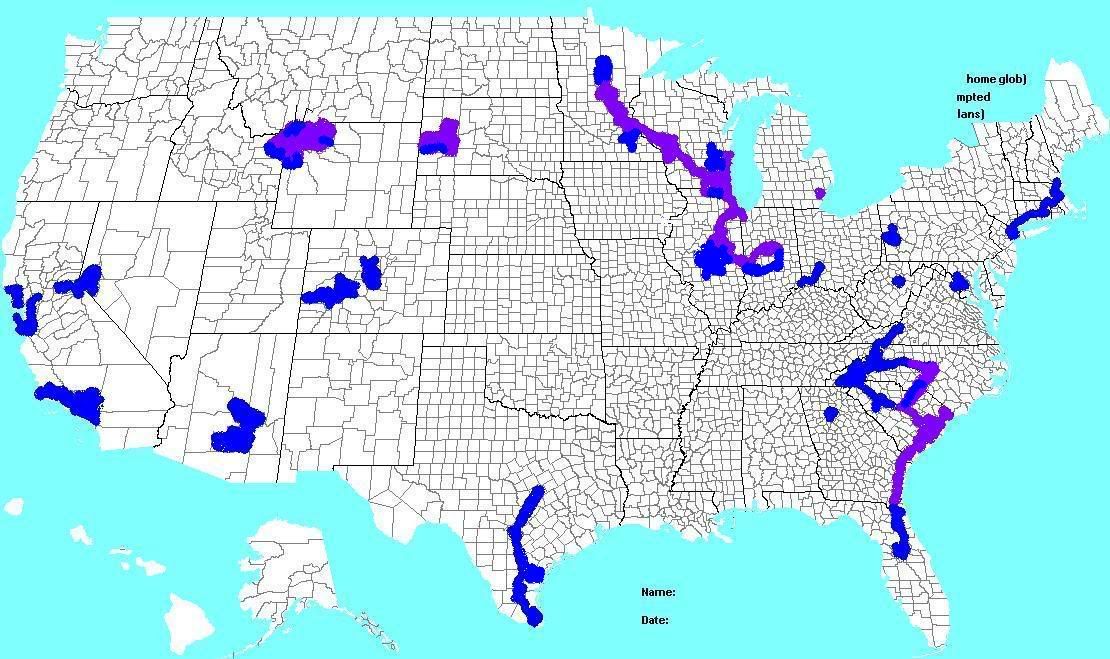






 >
> 

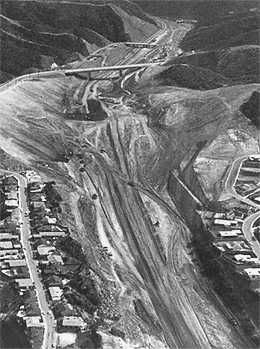
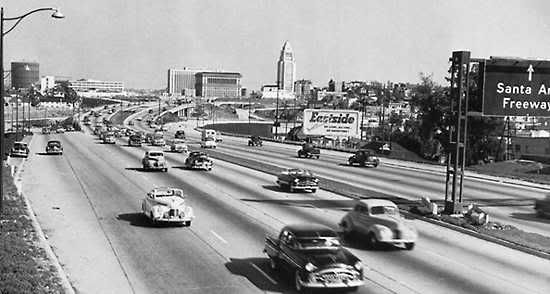

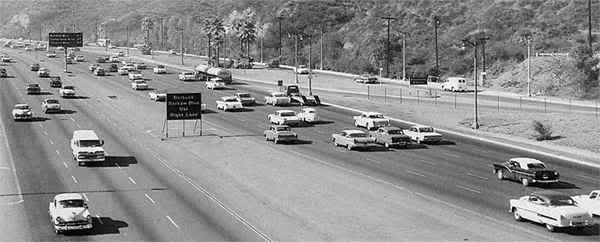



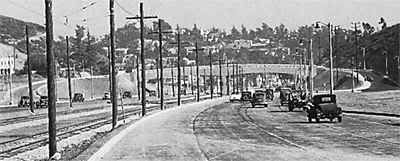
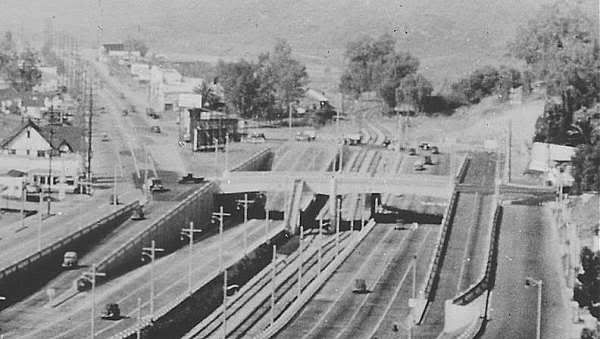

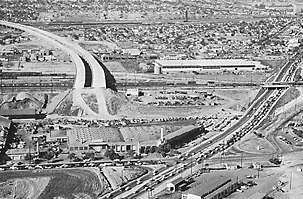

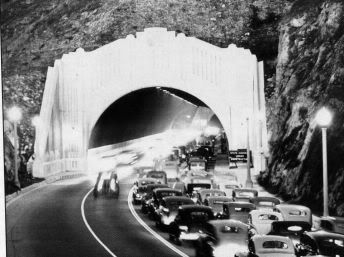

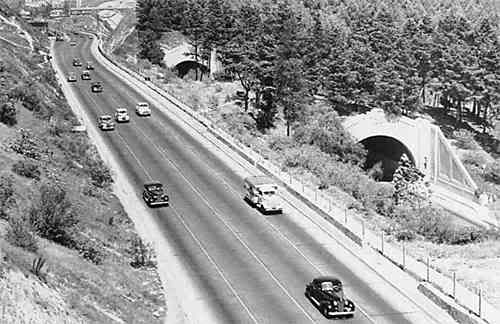 >
> 











































